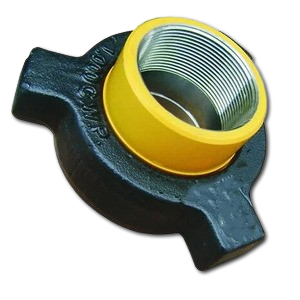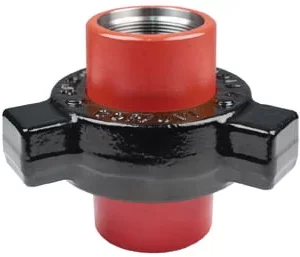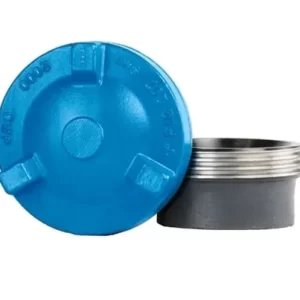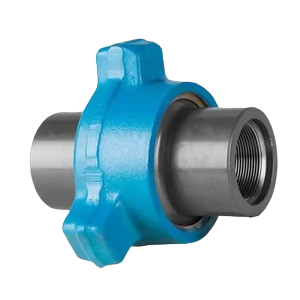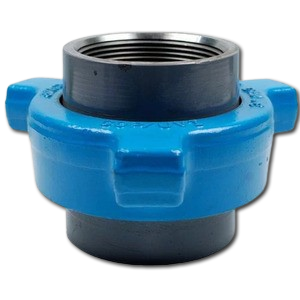HAMMER UNION FIG 100
Specifications:
- Type: Hammer Union
- Size Range: Typically from 2″ to 6″ (or larger, depending on manufacturer)
- Pressure Class: 10000 PSI (commonly, can vary by manufacturer)
- Material:
- Carbon Steel (Standard)
- Stainless Steel (for more corrosive environments)
- End Connections:
- Threaded (NPT, BSP)
- Flanged (ANSI B16.5, etc.)
- Working Temperature: Varies based on material, typically from -50°F to +400°F (-45°C to +204°C)
- Seal Type: Rubber, PTFE, or composite sealing materials
- Compliance:
- API 6A (for oil and gas applications)
- ANSI B16.5 (Flanges)
Classification:
- Type: Union
- Series: FIG 100
- Service: High pressure, drilling, cementing, and completion operations
- Pressure Rating: 10,000 PSI
- Connection Type: Threaded, Flanged, or Clamp (depending on the application)
- Temperature Rating: Low to moderate-temperature applications, typically up to 400°F (204°C)
Description: The Hammer Union FIG 100 is a high-pressure union used for connecting pipelines, valves, and other equipment in demanding applications, such as oilfield and offshore services. These unions are designed to handle high-pressure fluids and gases, making them ideal for applications like cementing, fracturing, and drilling operations. Hammer unions are composed of three primary components:
- Body (the main structure),
- Nut (which is tightened to seal the union),
- Pin (which locks the connection).
The FIG 100 designation typically refers to the pressure class, specifically designed for 10,000 PSI service, offering strong and reliable sealing under high-pressure conditions. It’s most commonly used for fluid and gas transmission lines in oilfields, construction, and hydraulic systems.
These unions are commonly made of carbon steel but can be made from stainless steel for corrosive environments. The seal inside the hammer union typically features rubber, PTFE, or composite material, ensuring tight sealing and resistance to wear and tear from high pressures.
Hammer unions can be connected using a threaded, flanged, or clamp connection, allowing flexibility for various piping configurations. Hammer unions are easy to install and dismantle, making them ideal for temporary connections, especially in high-pressure environments.
